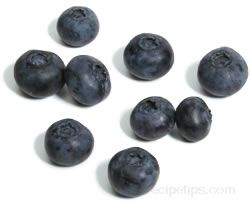Loading
Irradiation
A process that bathes food with low level gamma rays (x-rays) or electron beams (e-beam) to reduce or kill microorganisms, such as e-coli, listeria, salmonella and campylobacter that may cause illnesses from exposure to harmful pathogens. Irradiation is also used to increase the life of various foods, allowing them to remain fresh longer. Gamma rays have better penetrating capabilities over e-beams, which may be used in foods that are 3 inches thick or less. Some of the common food items that may be irradiated are fruits, vegetables, herbs, spices, potatoes, grains, flour, poultry, and meat. Some consumers are concerned about radiation being used to treat foods, but it eliminates the need for many of the chemical additives and preservatives that are usually found in food products. All foods that have been irradiated must be clearly marked. Irradiation may also be referred to as cold pasteurization or irradiation pasteurization. An alternative to irradiation is bioengineering of foods by altering genes in plants to develop beneficial traits that assist in many different aspects of plant growth, taste, ripening, vitamin enrichment, and insect resistance, reducing the need for pesticides. Common bioengineered foods currently include canola oil, corn, soybeans, and tomatoes.
There currently aren't any reviews or comments for this term. Be the first!
Advertisement
Advertisement









